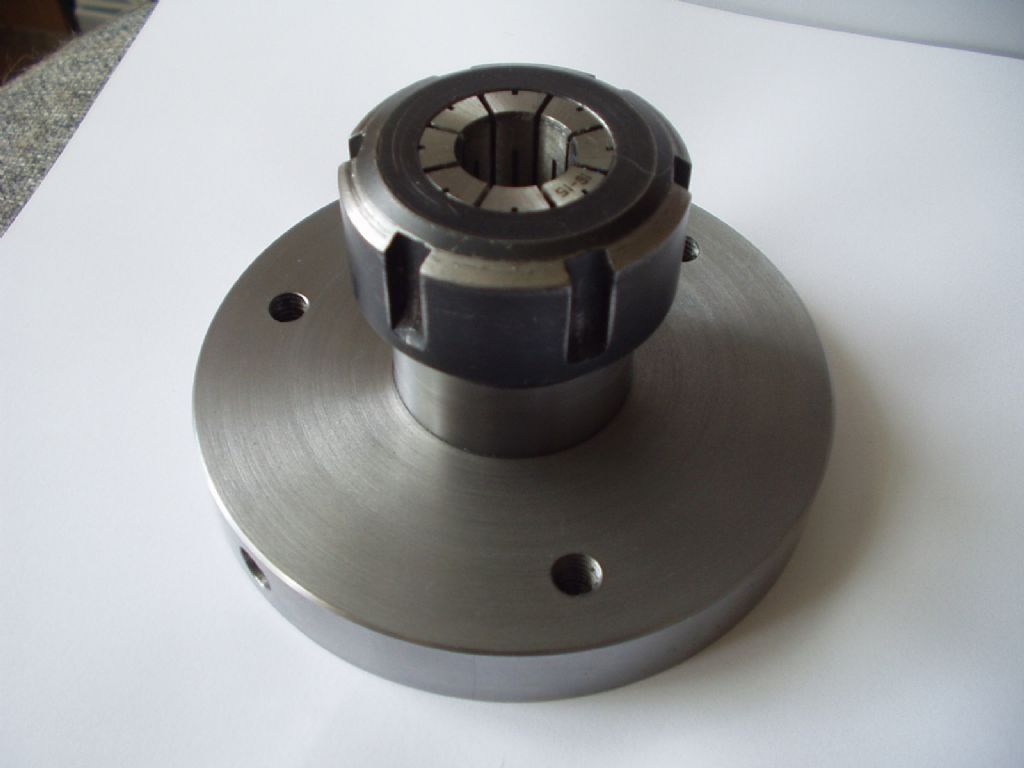ER32 etc collets
ER32 etc collets
- This topic has 24 replies, 15 voices, and was last updated 30 August 2010 at 13:33 by
chris stephens.
Viewing 25 posts - 1 through 25 (of 25 total)
Viewing 25 posts - 1 through 25 (of 25 total)
- Please log in to reply to this topic. Registering is free and easy using the links on the menu at the top of this page.
Latest Replies
Viewing 25 topics - 1 through 25 (of 25 total)
-
- Topic
- Voices
- Last Post
Viewing 25 topics - 1 through 25 (of 25 total)
Latest Issues
Newsletter Sign-up
Latest Replies
- Totally unacceptable treatment
- What Did You Do Today 2025
- Alibre Workshop/Meshcam pro
- Robert Atkinson will be proud of me :)
- Changes to Well-Known Auction Site
- The wonders of AI…
- Vickers Inverted Engine
- Colchester bantam cross slide
- Early Myford Super-7B gear change wheels??
- Build Your Own Metal Working Shop From Scrap (7 book series)








